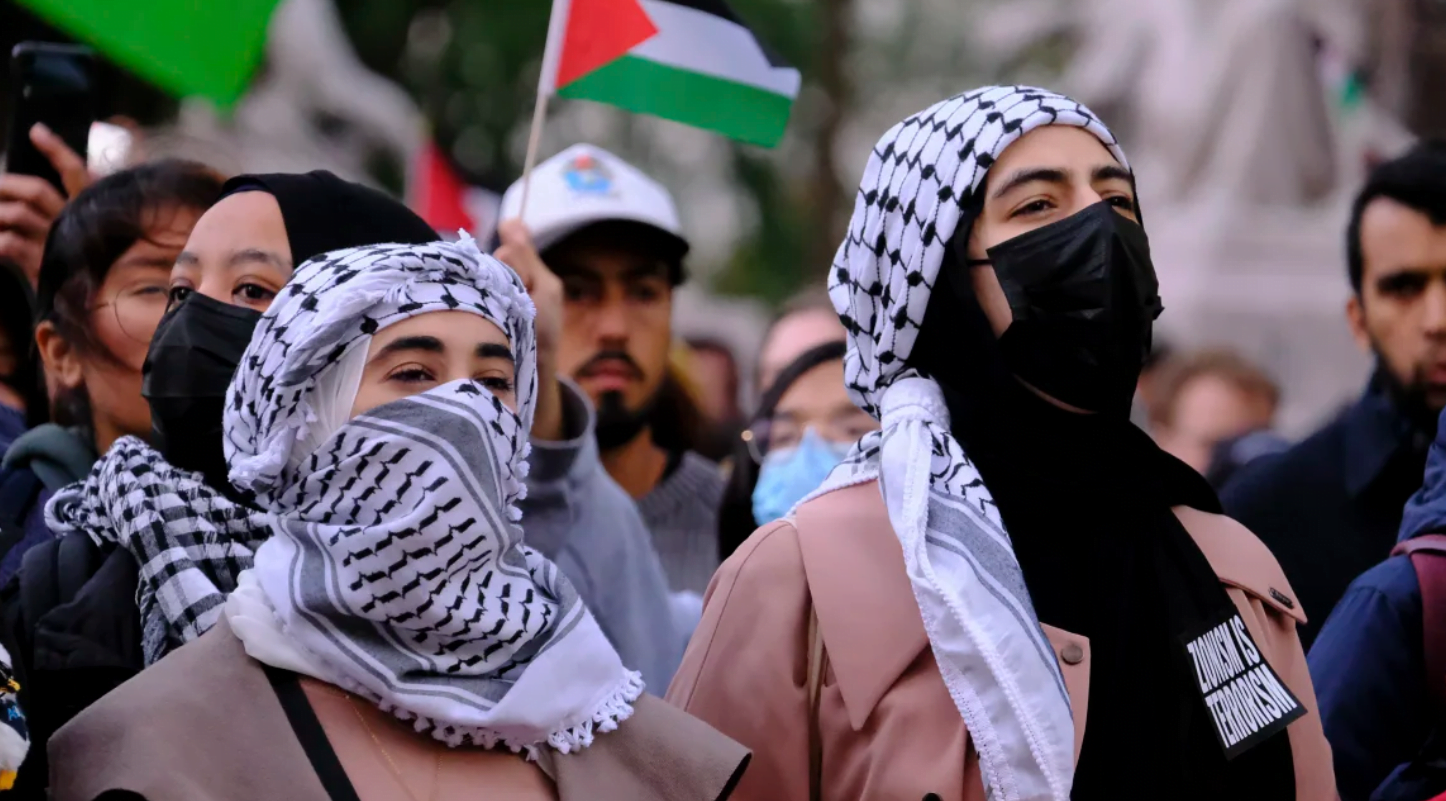The new draft Environmental Impact Assessment (EIA) notification arrived in the midst of a global pandemic. From making it easier for industrial projects to evade environmental clearances to doing away with public hearings with the indigenous and local population to encouraging non-transparency – the draft EIA 2020 dilutes several environmental regulations necessary for protecting the environment. Another way the draft EIA 2020 especially endangers the rights of Adivasi and tribal communities is by legalising projects that have been operating without approval from the EIA, projects that have already caused a great deal of harm. The draft EIA 2020 is not only anti-environment, but also anti-people.
Today on the World Day of Indigenous Peoples, we take a look at how the draft Environment Impact Assessment (EIA) Notification 2020 will especially harm Adivasi, tribal, and forest dwelling communities in India.
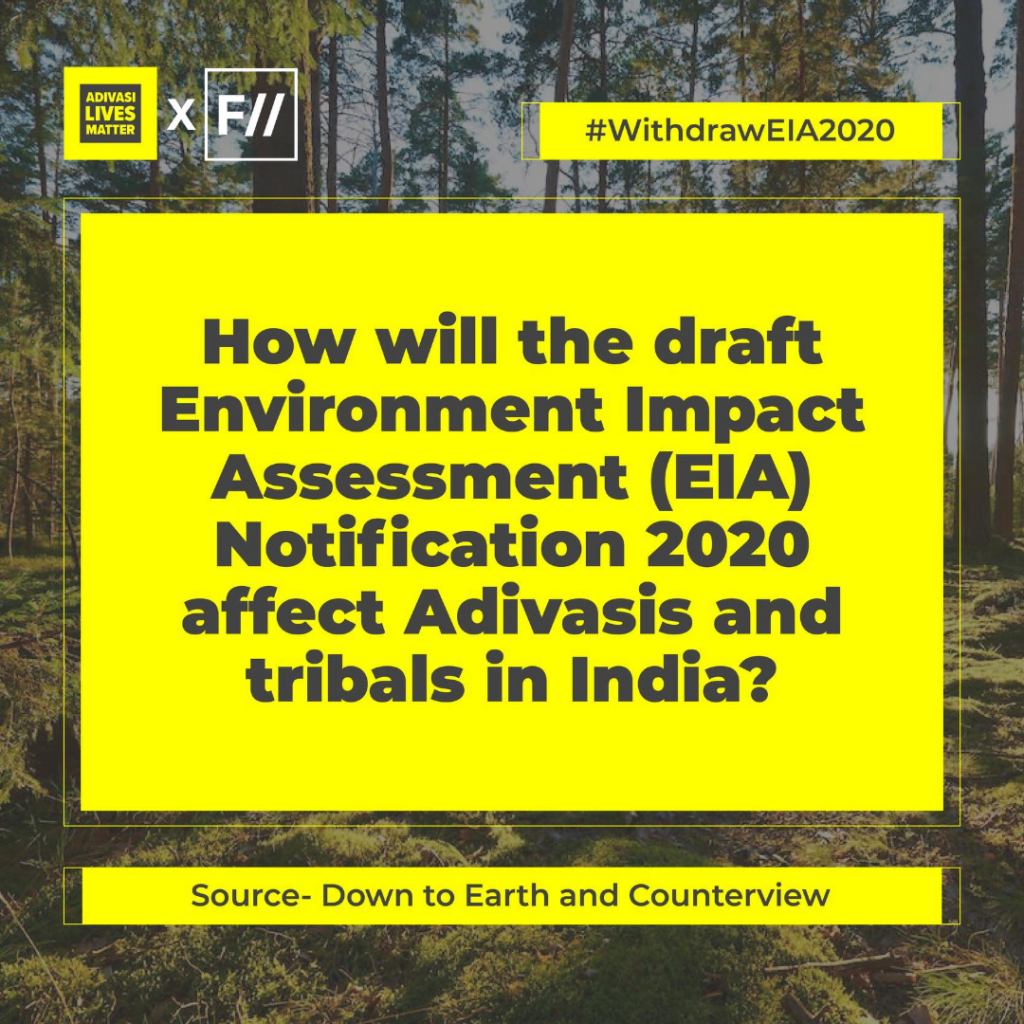
The Draft EIA Notification 2020
What is the Environment Impact Assessment? The EIA prevents industrial and infrastructural projects from being approved without proper oversight. Every project must go through the EIA process before obtaining environmental clearance.

The EIA covers projects such as mining of coal and other minerals, and industrial development projects etc. These projects are assessed based on their potential impact on the environment. Based on this assessment, projects are denied or granted environmental clearance.
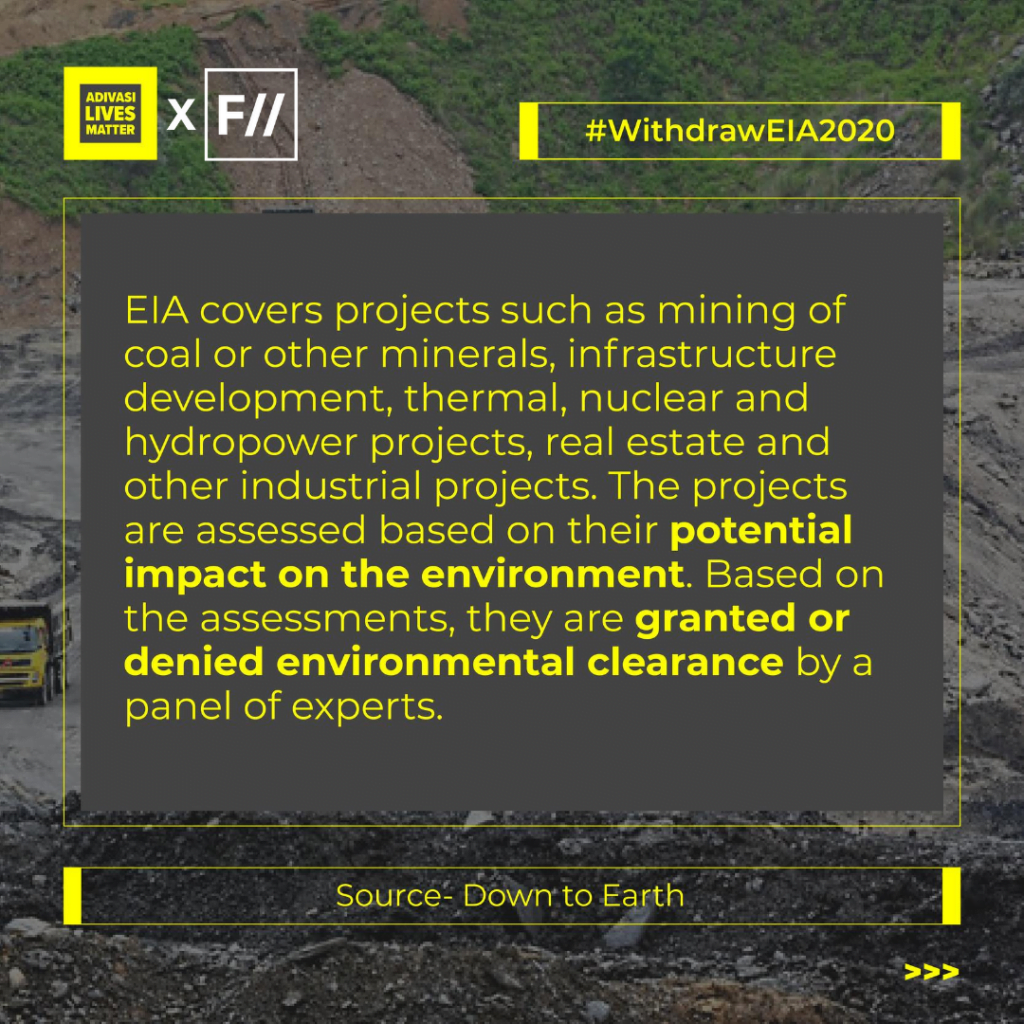
The Impact of Draft EIA 2020 on Adivasi and Tribal People in India
The draft EIA 2020 takes power away from Adivasi, tribal and forest dwelling communities by reducing the space available for public participation, which is crucial and helps get the communities information about the proposed projects.
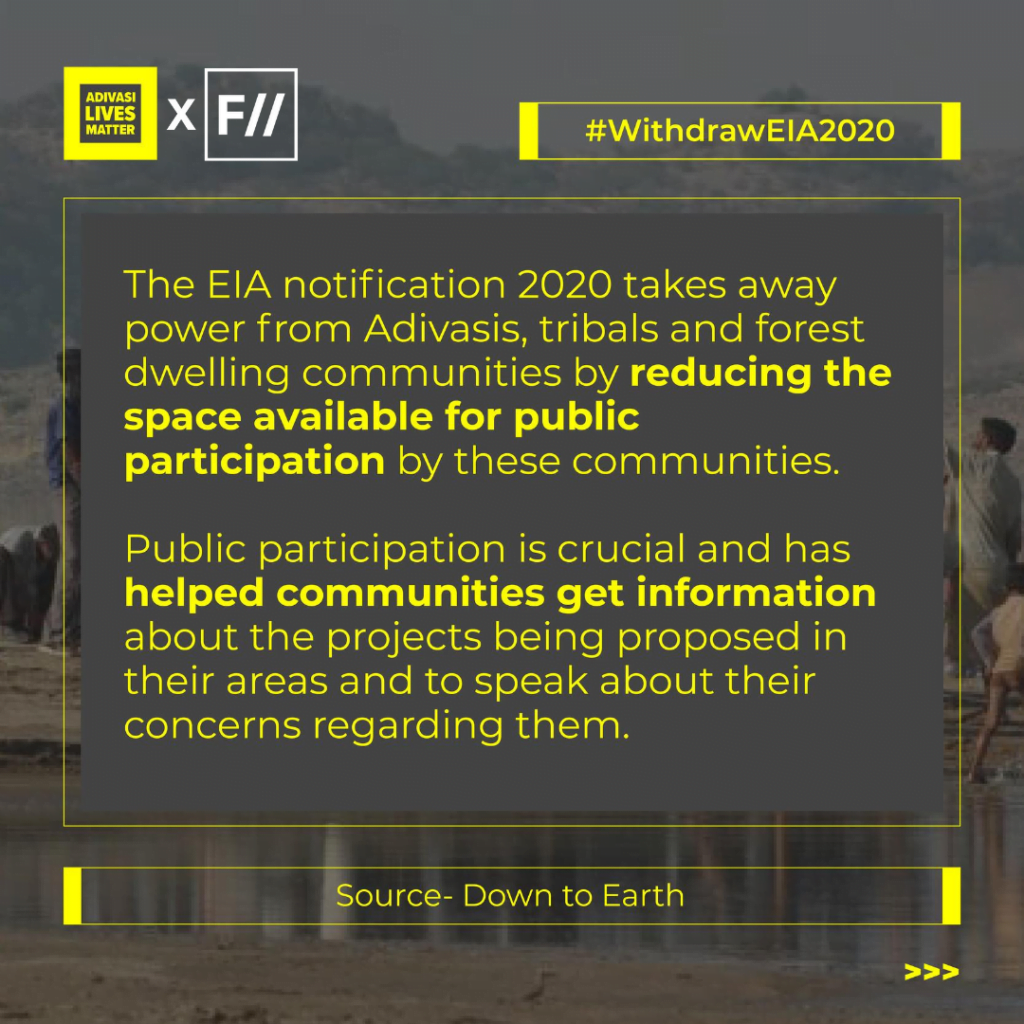
The time allotted for public hearings has been reduced in the draft EIA 2020. The Covid-19 pandemic has made it harder for people to mobilise against it. This has left less time for people to voice their concerns and disseminate information to directly affected communities.

Also read: In Posters: Why The Draft EIA Notification, 2020 Must Be Withdrawn
The draft EIA 2020 also exempts a long list of projects from public consultation like area development projects and widening of national highways. How will Adivasi and tribal people participate in the discussion if there’s no possibility of a discussion in the first place?
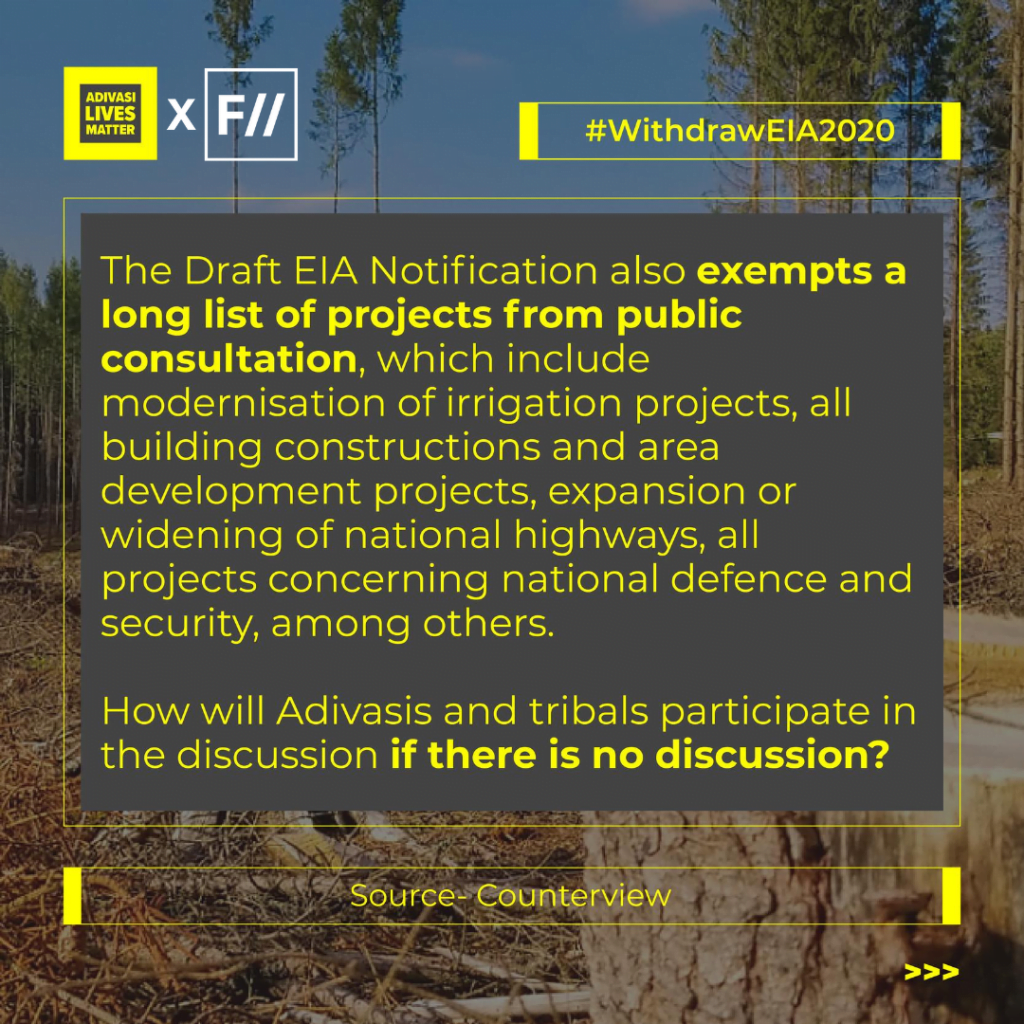
Under the new draft EIA 2020, monitoring requirements have also been slackened. This will have a devastating effect on forests and cause mass displacement of Adivasi and tribal villages in and near forests.

Another way the draft EIA 2020 especially endangers the rights of Adivasi and tribal communities is by legalising projects that have been operating without approval from the EIA, projects that have already caused a great deal of harm to these communities.
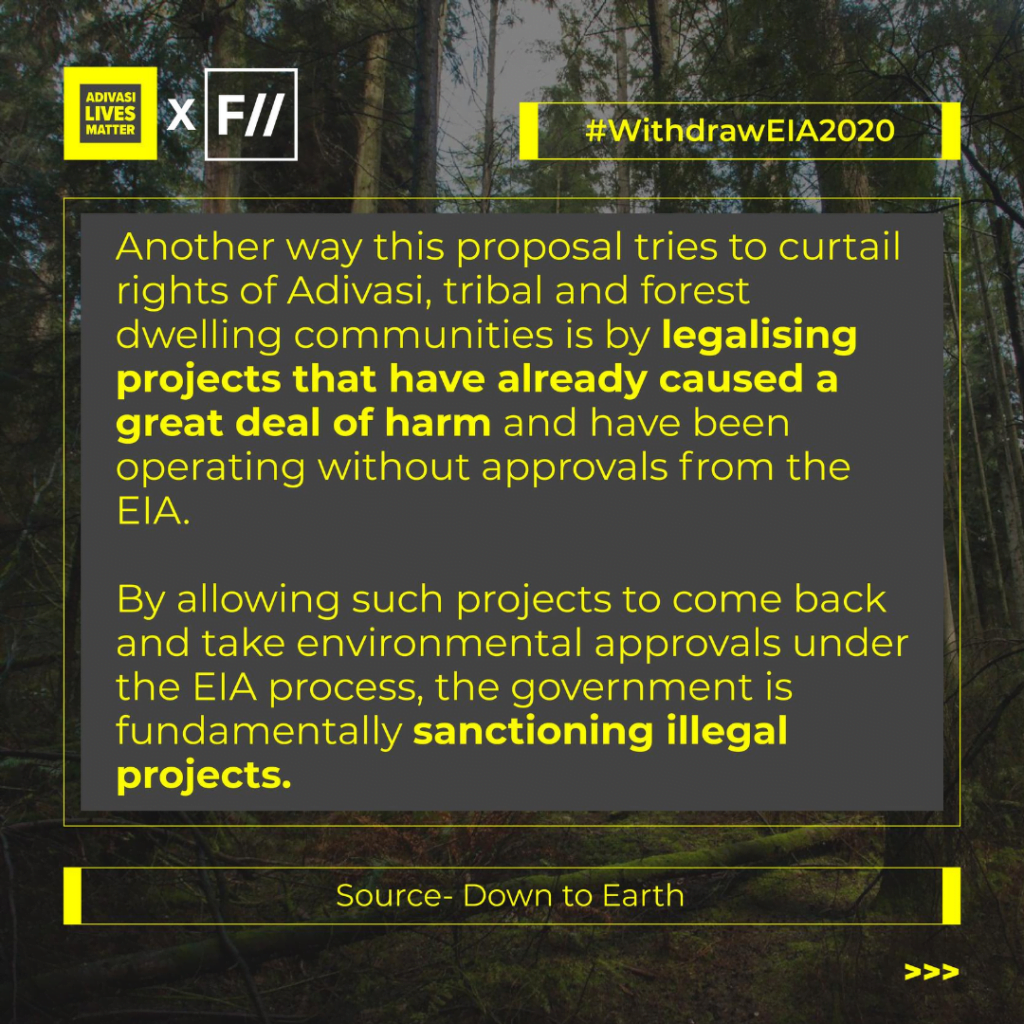
Draft EIA 2020: Anti-Environment, Anti-People
In short, the draft EIA 2020 is both anti-environment and anti-people.
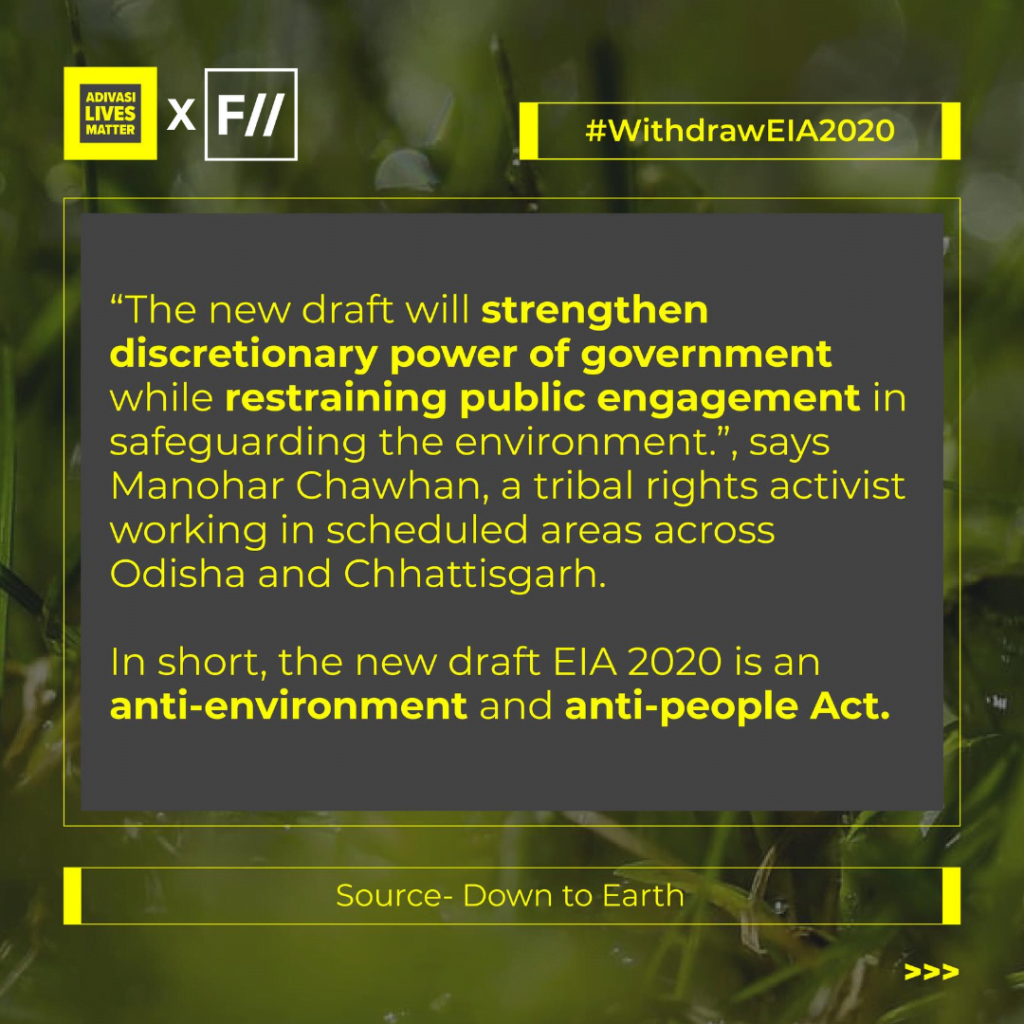
“The draft EIA 2020 grossly neglects consultation with the affected communities. To limit public consultation means to silence voices that are barely heard otherwise“, says Joy Daniel Pradhan, Delhi-based Independent Researcher.
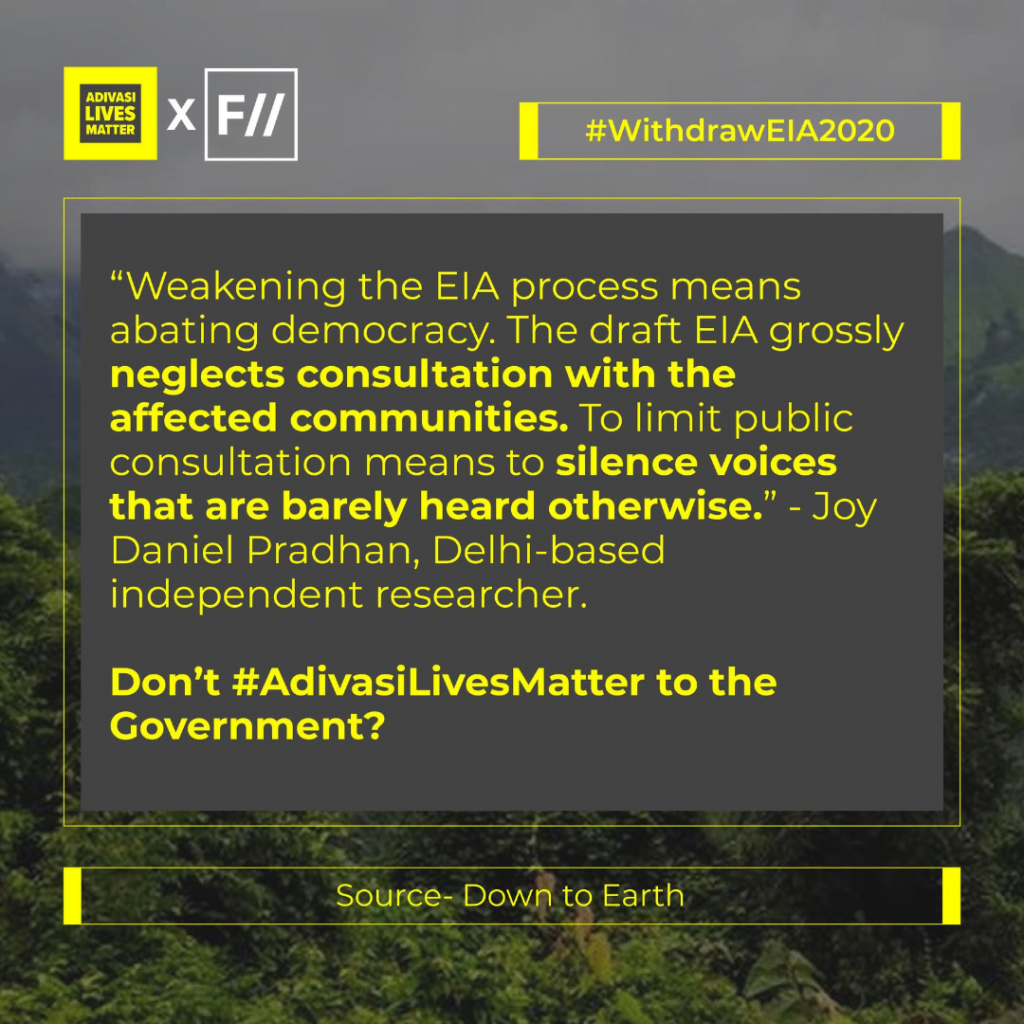
Also read: Why Is Making Environmental Policies During A Pandemic Unethical?



